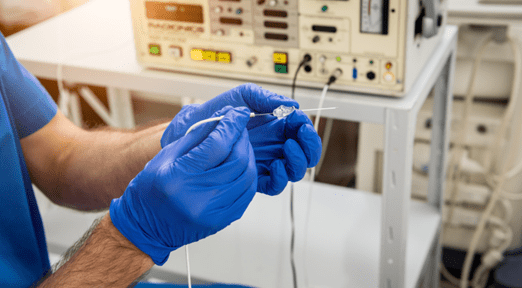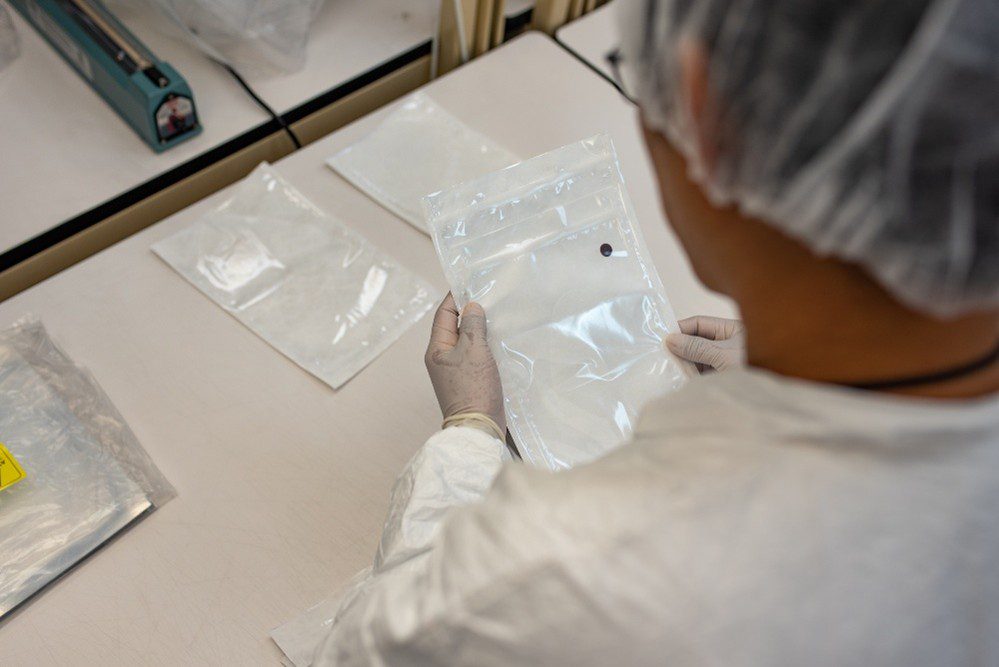Launching a medical device is just the beginning. At Medical Murray, we understand that once a product is in the hands of clinicians, new ideas for improvement often follow. That’s why we partner closely with our customers after launch to support design refinements, address real-world feedback, and enable smooth, compliant updates to commercialized devices.
Why Post-Launch Iteration Matters in Medical Device Manufacturing
Even with a robust development and verification process, device performance in clinical settings can uncover opportunities for improvement. These may include:
- Enhancing usability for physicians or staff
- Improving packaging or labeling for clarity
- Reducing manufacturing cost or complexity
- Adapting to new regulatory requirements or standards
- Responding to customer feedback or competitive pressure
We treat medical device iteration as a vital part of a successful product lifecycle and are structured to support these updates efficiently and compliantly.

Not All Device Changes Are Created Equal
The significance of a change determines the level of design control, testing, and regulatory action required. We support our customers through this process to make sure updates are handled correctly. Here are a few examples:
Minor Change: Simple Label Update
For updates such as rewording instructions or repositioning graphics, we revise the artwork files and release the new specifications into our quality system per request of the customer.
Moderate Change: Packaging Material Switch
If you switch to a different pouch material or box supplier, we evaluate whether new packaging validation (burst, seal strength, transit testing) is required. We also update packaging drawings, labeling, and perform a risk analysis.
Significant Change: Second-Generation Device
For more substantial design updates, such as adding a steerable handle or modifying an implant’s geometry, our team manages full design verification testing, biocompatibility as needed, sterilization validation if impacted, and new process validations. The change design review provides you with inputs to support your decision-making process as to whether you need to submit a new 510(k), CE submission, or conduct additional clinical testing.

Our Post-Launch Medical Device Iteration Support Process
We use a clear, structured process to manage changes:
- Feedback & Risk Review
We review complaints, clinician feedback you share, or internal improvement ideas to assess what kind of change is needed and what it may trigger. - Design Updates & Documentation
Our team scopes the change and implements the necessary design updates in accordance with ISO 13485 and FDA design control requirements. - Testing & Validation
We identify the appropriate level of verification or validation testing required. Whether it’s label review or performance bench testing, we want it to be right-sized and compliant.

- Regulatory Strategy Support
We can provide the documents you need to support your regulatory strategy and submission, including if your change requires a letter to file, a new 510(k), or other regulatory notification. - Seamless Manufacturing Integration
As your contract manufacturer, we implement the changes into production with minimal disruption, updating all travelers, routers, work instructions, and ERP records.
Assurance Built on Experience
We’ve supported hundreds of medical device iterations across Class II and Class III devices, including catheters, implants, and delivery systems, so we know how to manage changes without introducing risk. Whether you’re making a small tweak or launching a second-generation device, we help you get it done right.
If your product is ready for an upgrade, we’ll help make it better and ensure it stays safe, compliant, and successful. Contact Medical Murray to get your medical device manufacturing project started.
